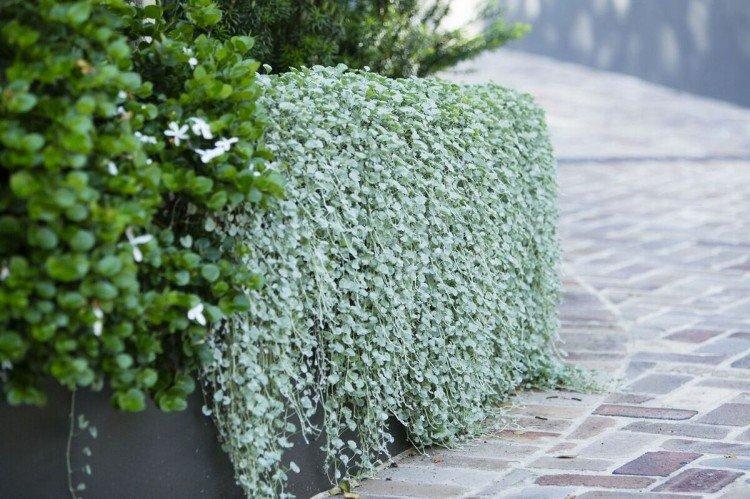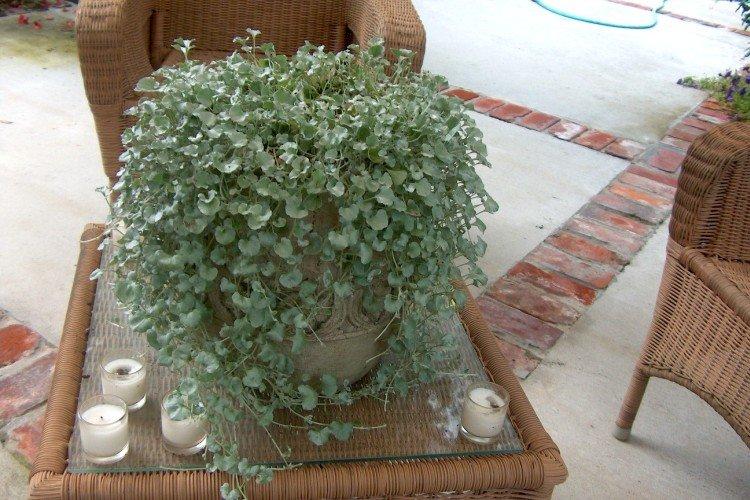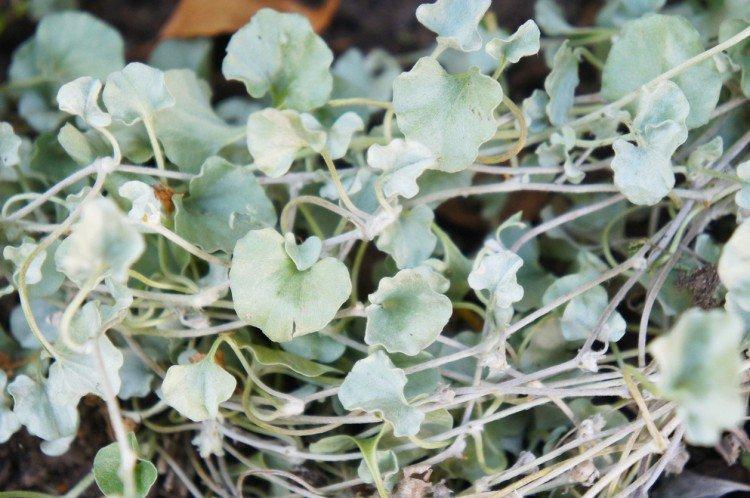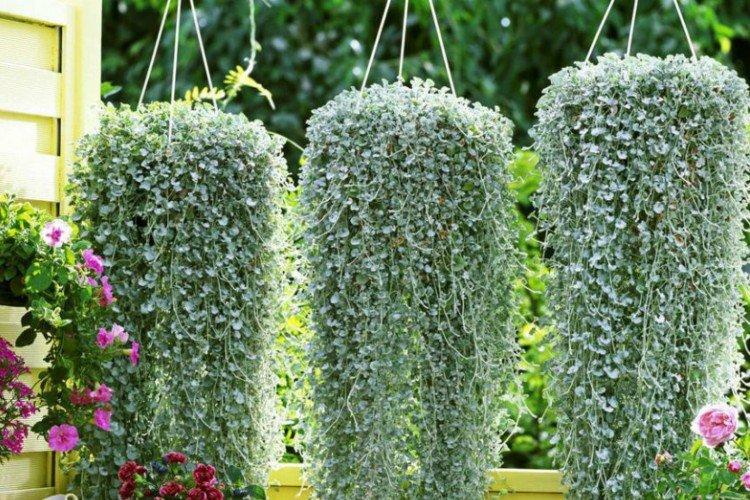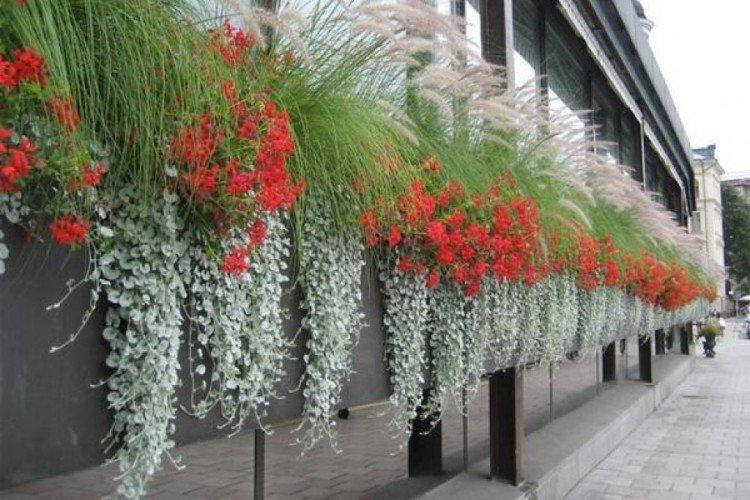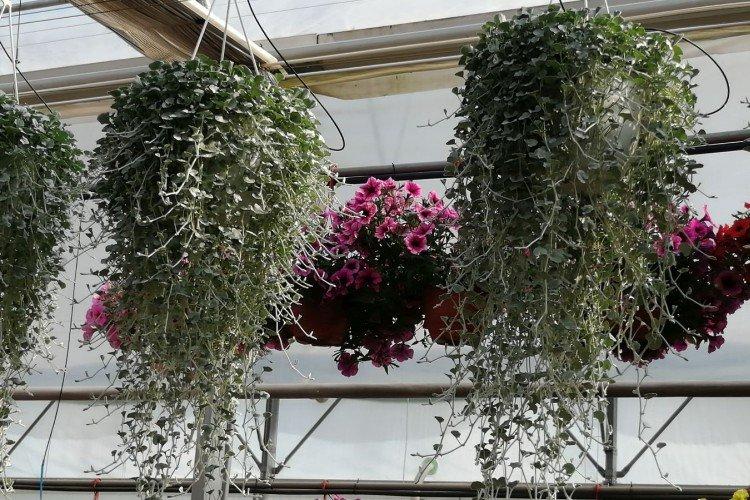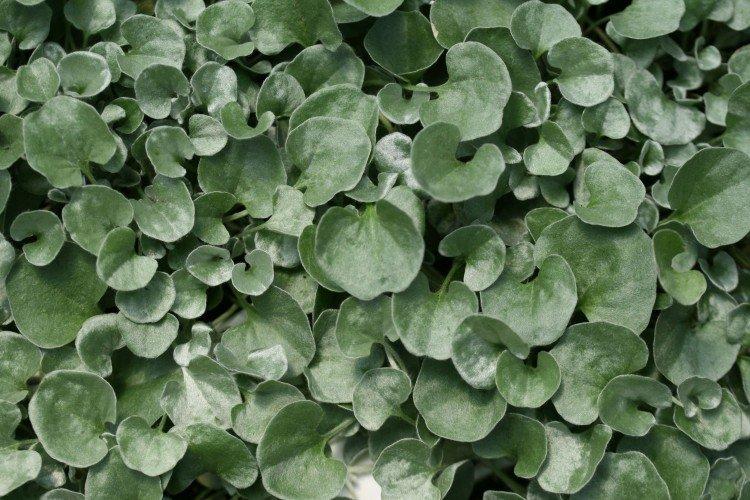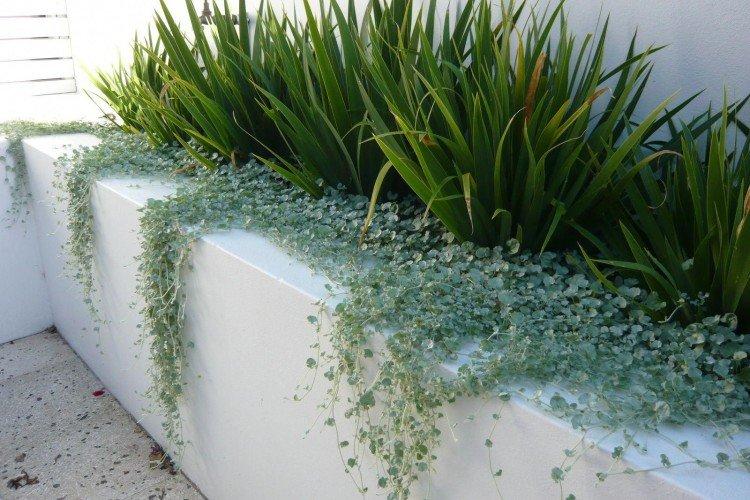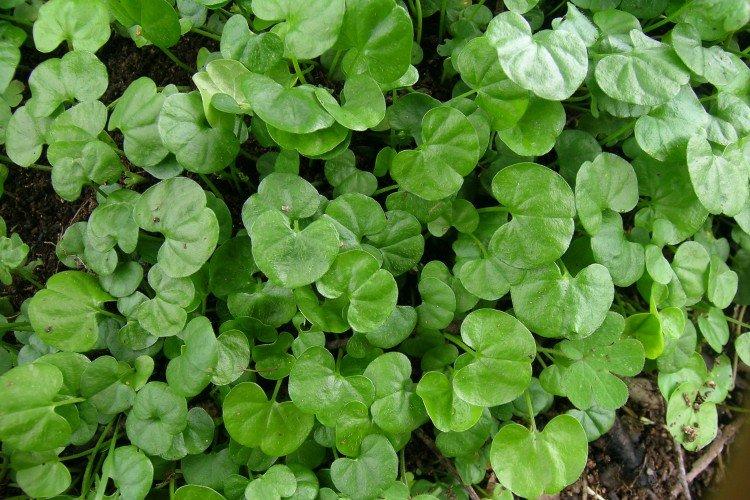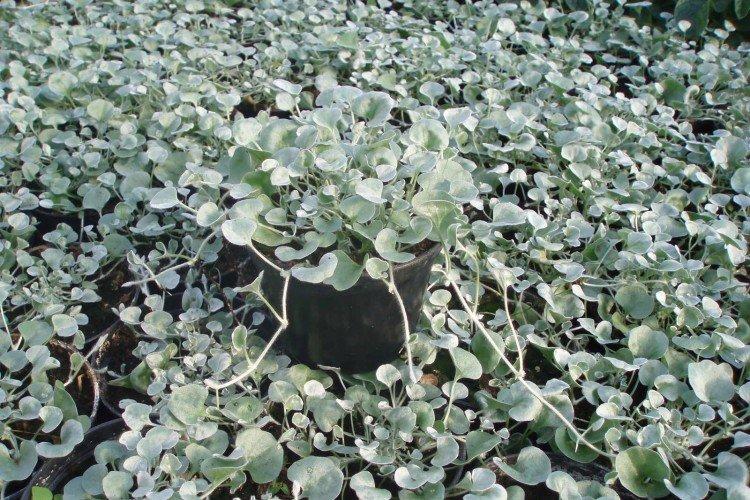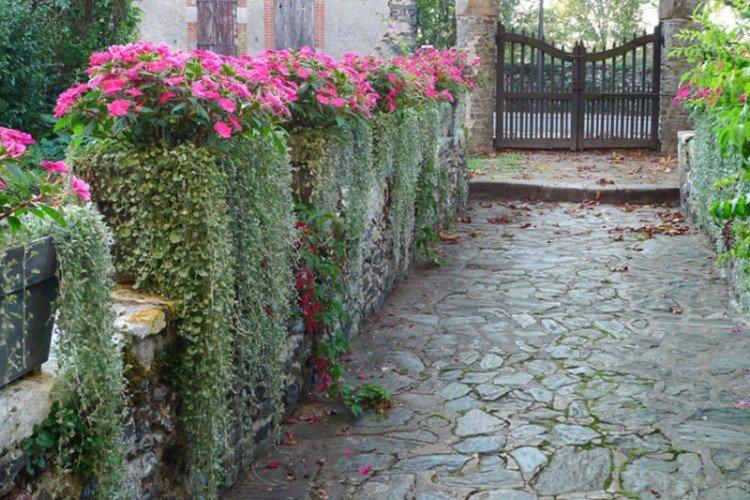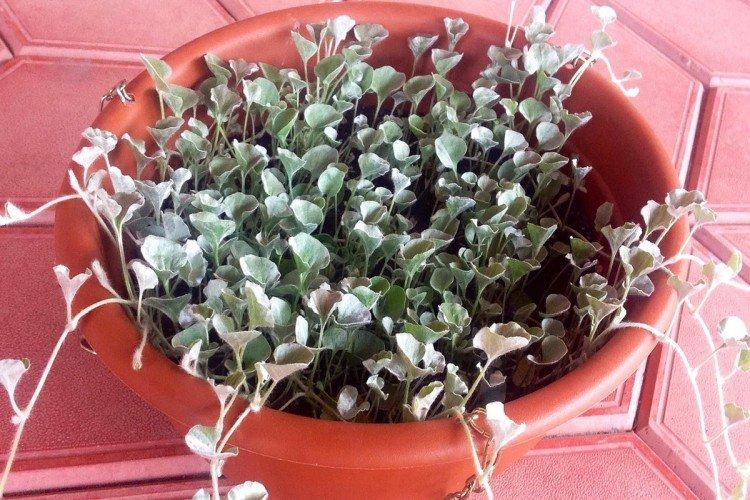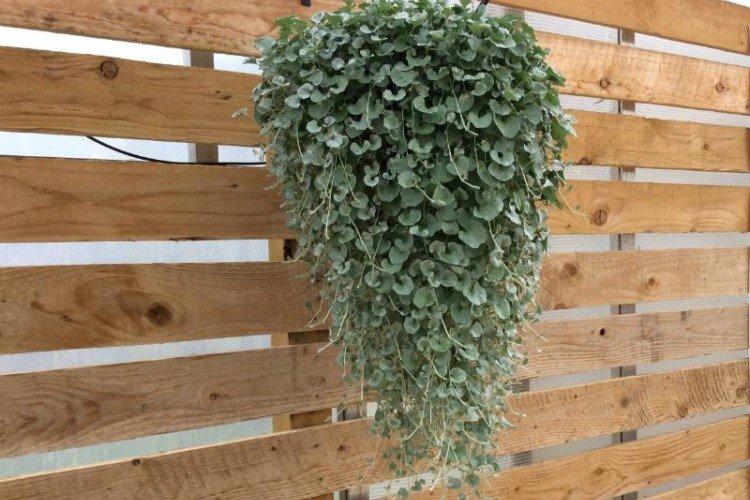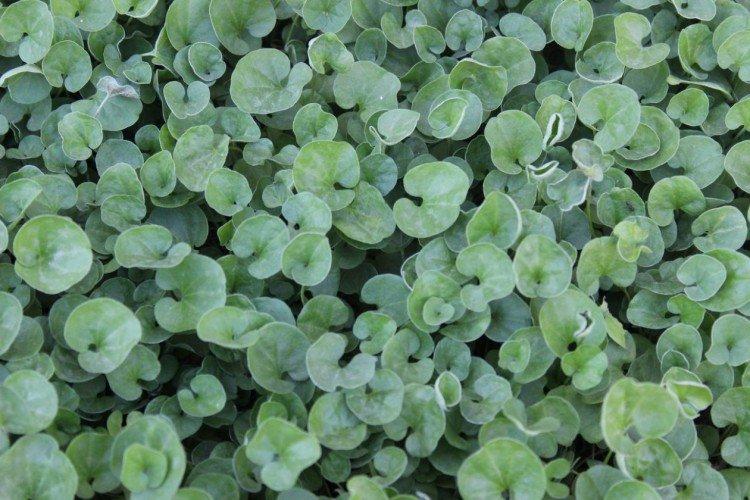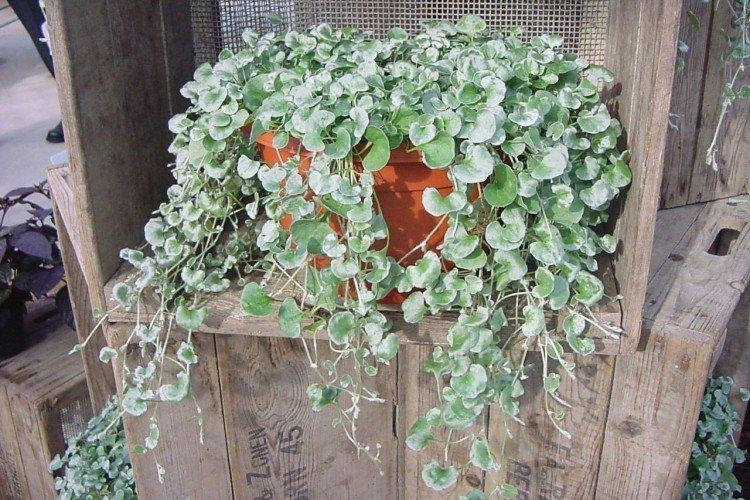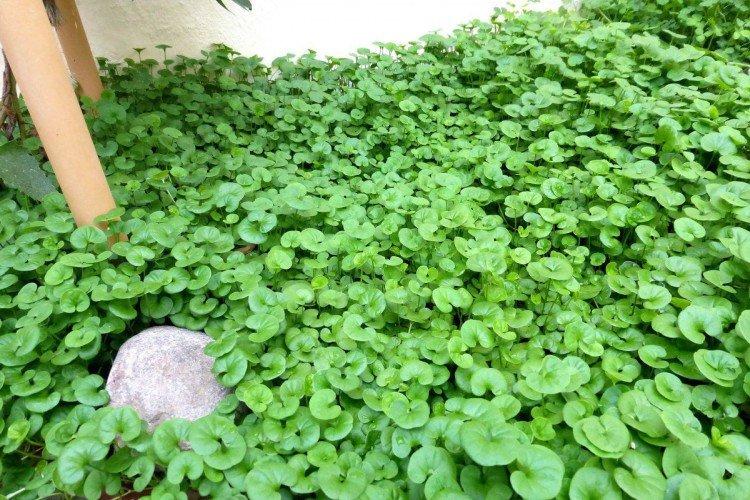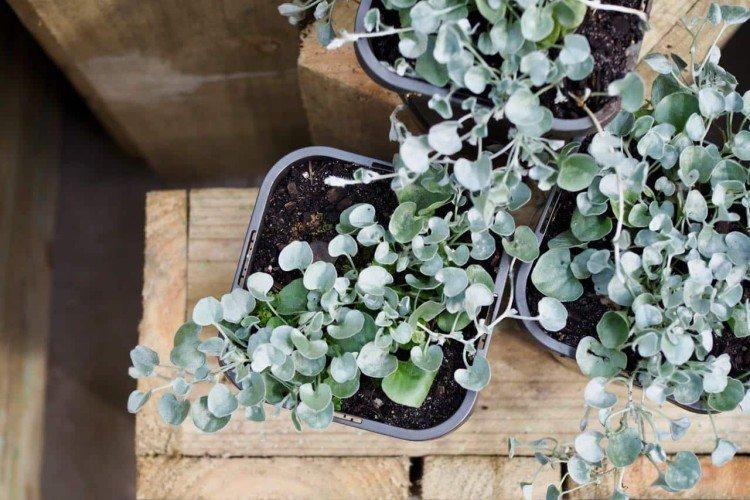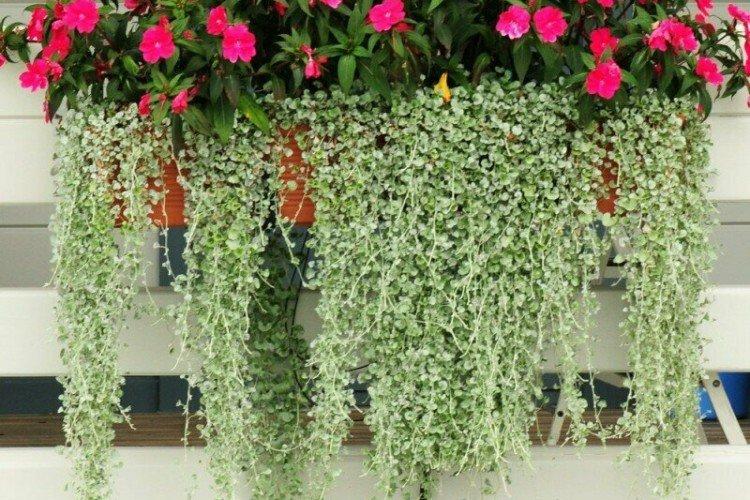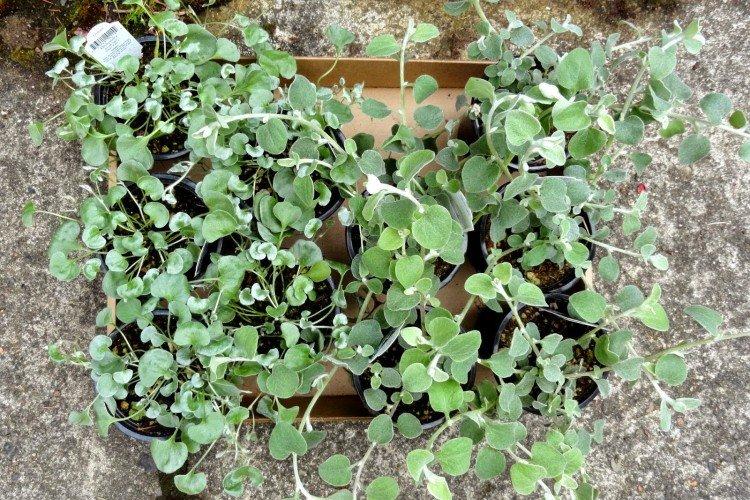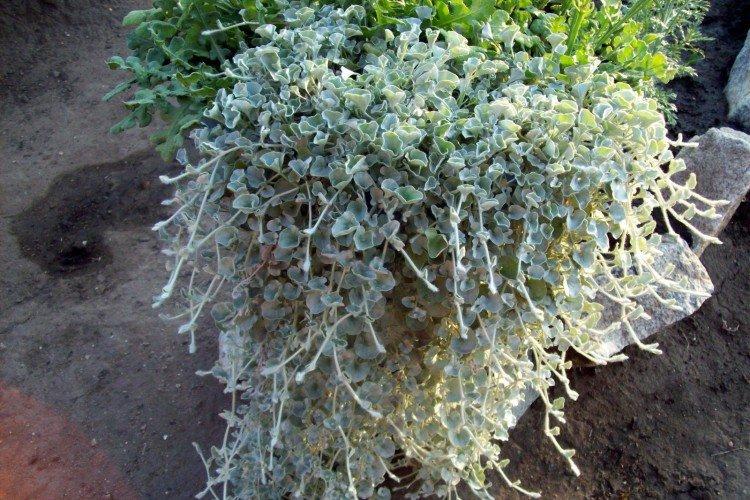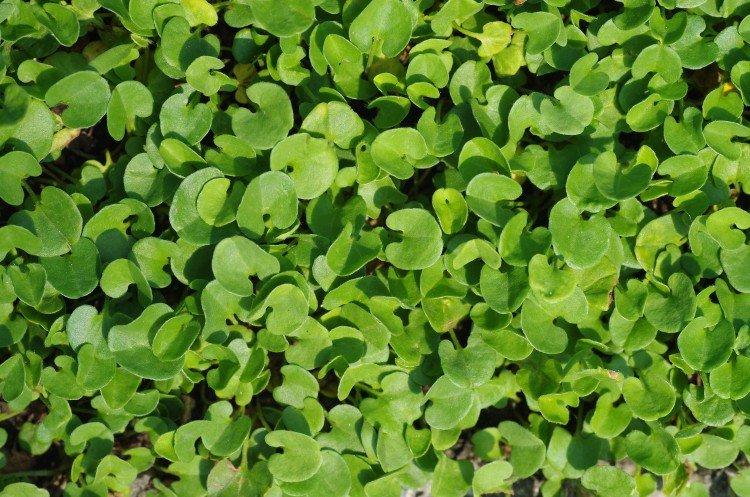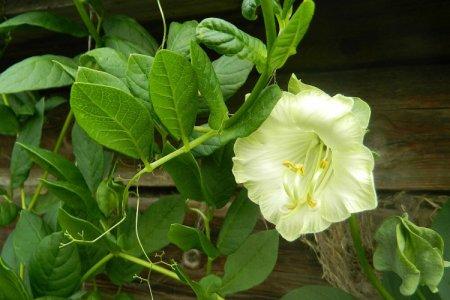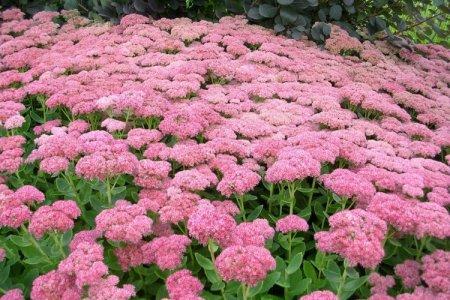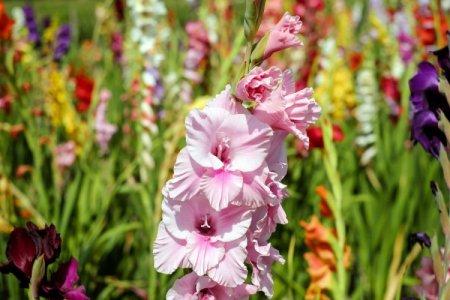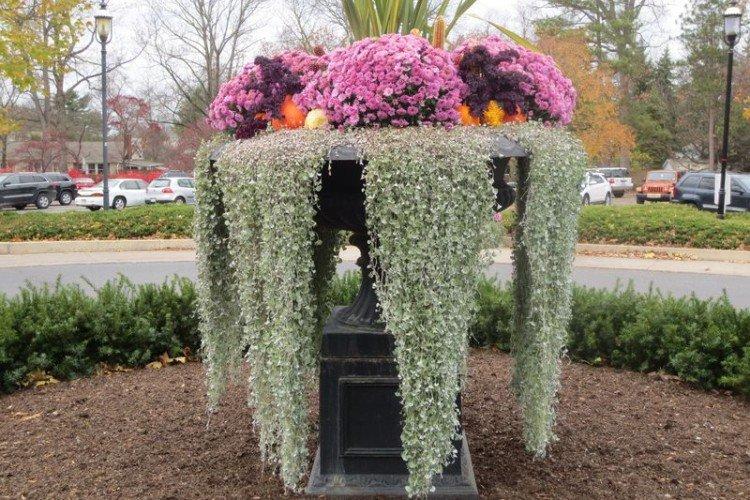
The leaves of the dichondra appear to be coated with wax or silver. It looks great in planters and tall containers. Dichondra is undoubtedly one of the most spectacular ampelous plants, and for a reason it was nicknamed a waterfall!
general information
The evergreen perennial is a close relative of the morning glory and other bindweed. Its long tenacious shoots grow up to 1.5 m and form a continuous carpet on all surfaces. In addition, dichondra also blooms in summer.
The root system matches the ground part - superficial and creeping. Dichondra grows rapidly in breadth, because its shoots root themselves right during growth. Small leaves resemble coins with a diameter of 0.5 to 2.5 cm.
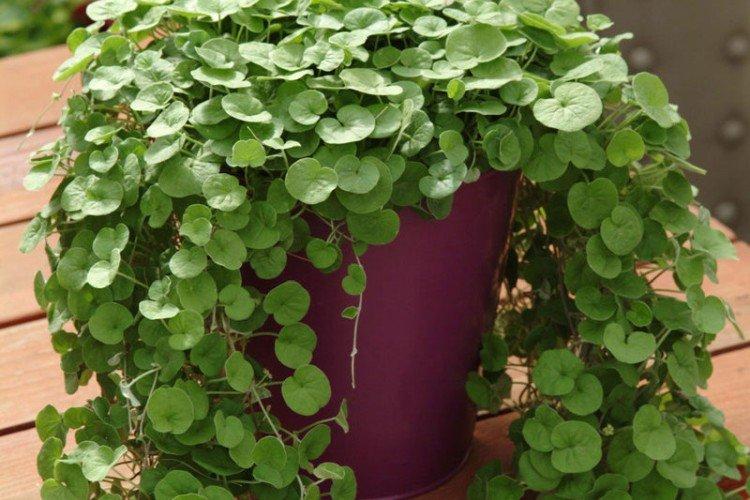
Dichondra species
With all the variety of dichondra species in nature, in the garden, on balconies and apartments, only one species is grown - a waterfall. More specifically, these two varieties!
Emerald waterfall
A green variety whose leaf size is entirely dependent on lighting. Moreover, in partial shade, they grow larger. In summer, this dichondra blooms with tiny greenish flowers.
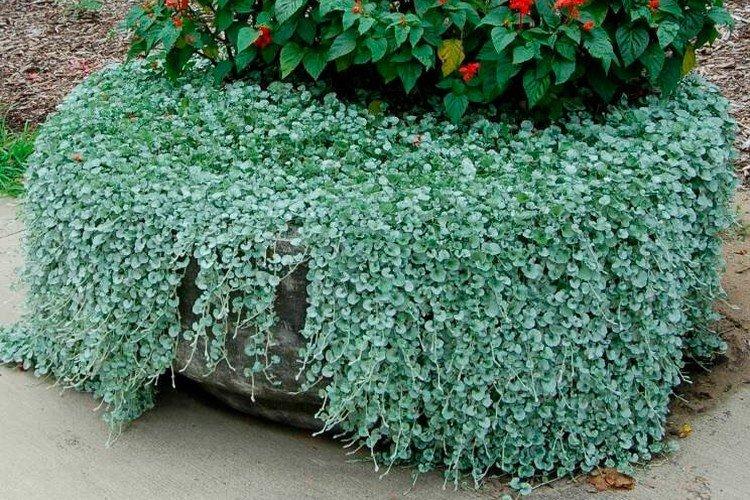
Silvery waterfall
This is the same gray-gray dichondra with long flowing shoots. Its lashes are longer than those of the Emerald Falls, but at the same time they are not as lush. The variety is surprisingly unpretentious, but requires bright lighting.
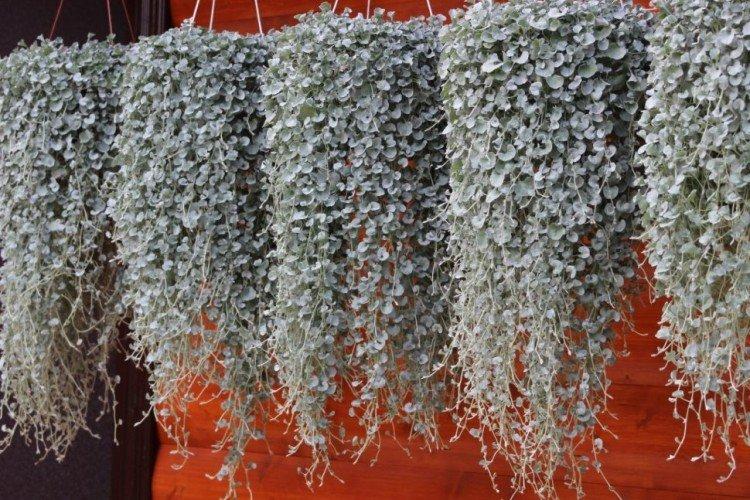
Dichondra care
Dichondra is a southern inhabitant, so all the subtleties of care are associated with this. She is used to the tropics and subtropics, so she needs sun, warmth and moisture.
Temperature
Comfortable temperature for dichondra is 16-26 degrees. If for the winter you bring her into the room, keep in mind that she needs a period of rest at temperatures up to 15 degrees without feeding.
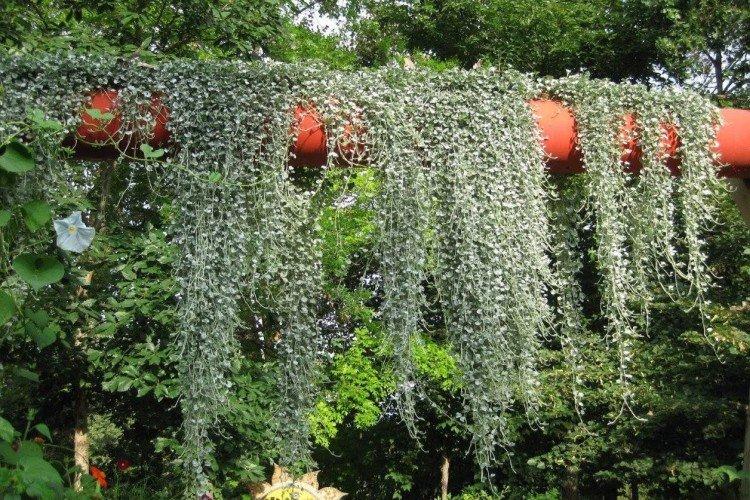
Lighting
For a silvery waterfall, lighting is a fundamentally important point, because it just doesn't grow well in the shade. But green - feels comfortable in different conditions, and only the appearance of its leaves changes.
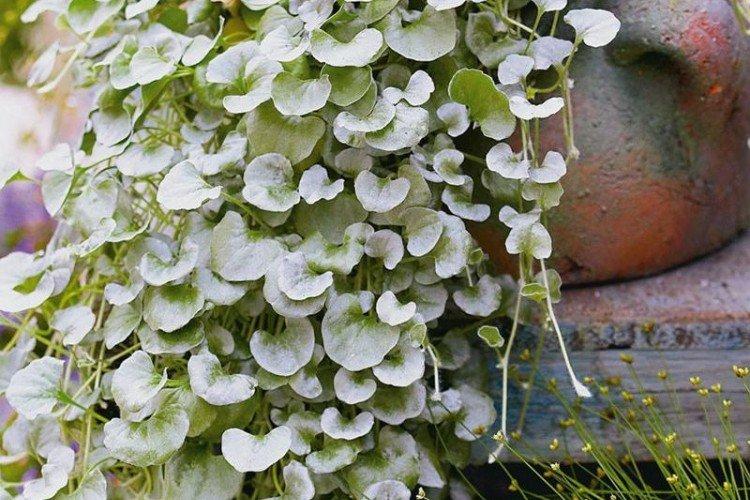
Watering
Moderate watering and moderate humidity are very important for dichondra. Any extremes are bad here. In addition, you need to water the plant in the evening, otherwise burns may remain on the leaves. Dichondra loves spraying in the morning.
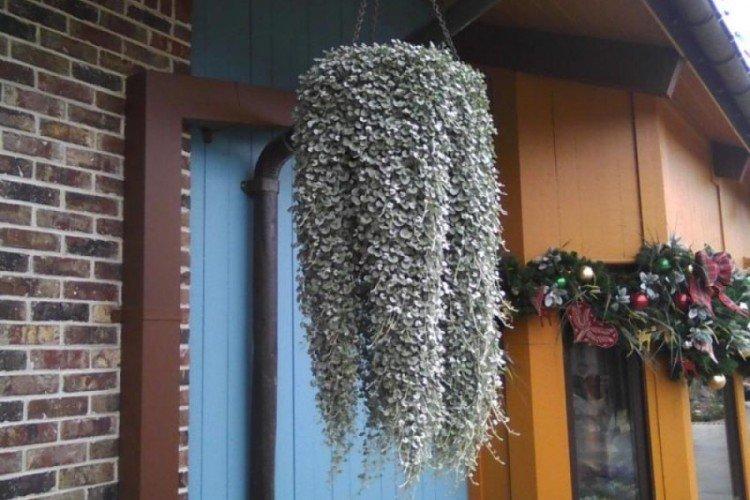
The soil
Dichondra grows in almost any soil, but loams with good drainage are best for it. Let the earthy one dry out, but not dry out. Otherwise, in the first case, the roots rot, and in the second, they die off.
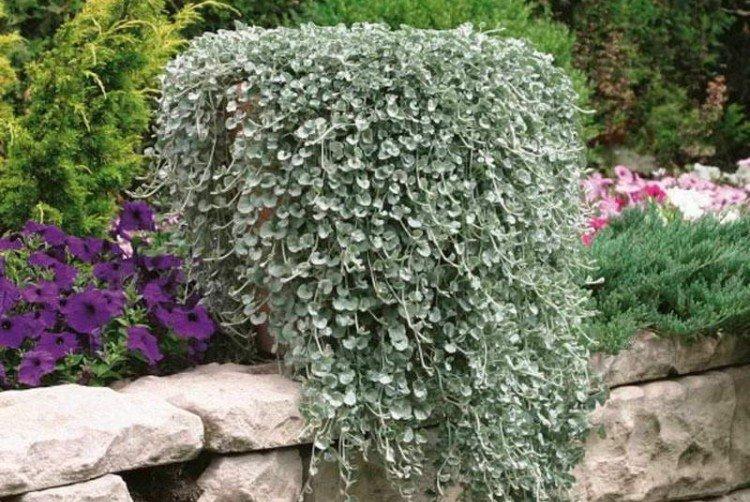
Fertilizers and feeding
Dichondra very intensively grows deciduous mass, so nitrogen fertilizers cannot be dispensed with. You can alternate organic and mineral mixtures once a week.
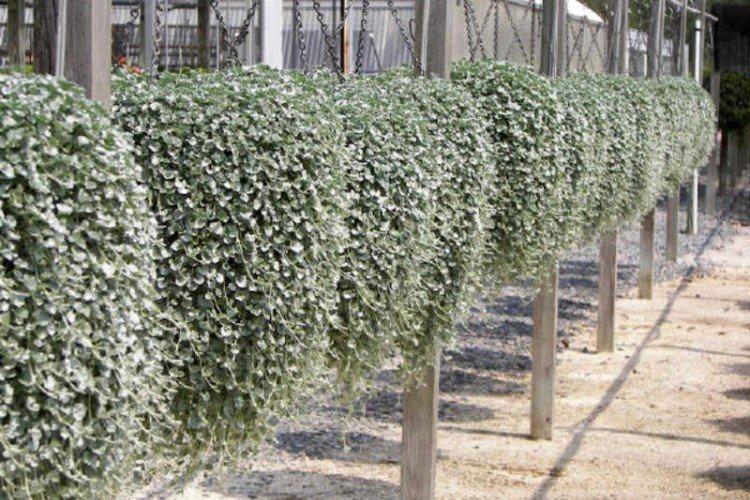
Pruning
To form a thick and beautiful crown, it will have to be gradually trimmed. To stimulate branching, pinch the main shoots at a height of 7-8 cm.
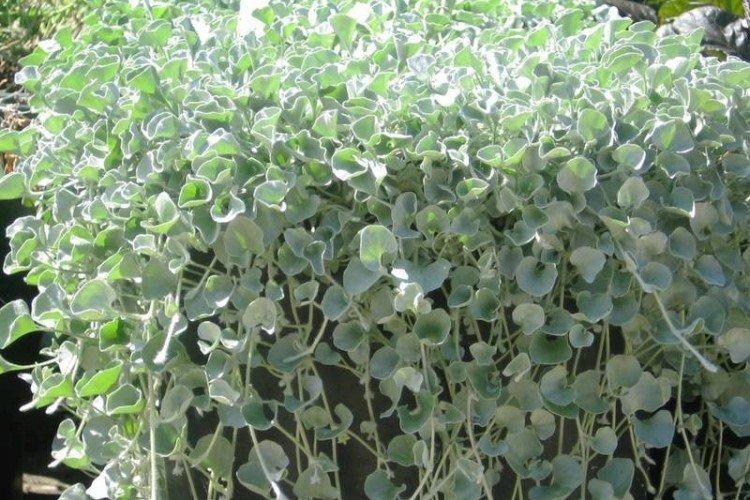
Wintering
There are two options here. In southern latitudes, dichondra hibernates in the ground under a film and leaves, and does not cause problems. And in the north, it is simply grown as an annual plant, because even during the season it grows impressively. But it can be transplanted into a flowerpot along with an earthen lump and left to winter in a dark basement until spring.
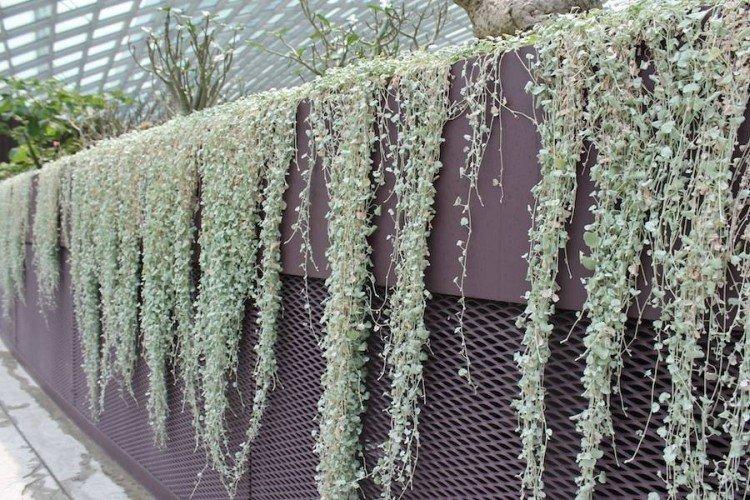
Planting and reproduction of dichondra
It is possible to grow dichondra from seeds, but it takes too long. It is easier to use layers and cuttings. The cuttings take root in water and grow roots in a week for planting in peat with sand. For greater bushiness, 3 cuttings are planted in one flowerpot. When they finally get stronger and grow up, they can be moved to the garden.
Reproduction by layering takes place directly on the ground, and often spontaneously. The shoots are overgrown with lateral roots and are quickly fixed if you just bend them to the ground and slightly dig in. Within a couple of weeks, such a layer can be planted.
Seeds are planted in the first half of winter in several pots at once to a depth of about 8 mm. They need to be moistened, tightened with a film and left in a bright place at 22-24 degrees. Most likely you will need phyto-lamps.
As 2 leaves appear, the seedlings can be dived, and the film is removed when they grow up to 8 cm. All this is a very long process, and its success directly depends on the temperature regime and lighting. When the sprouts grow up to 15 cm, they are transplanted to the main place. In the process, do not forget to pinch the tips of the shoots for branching.
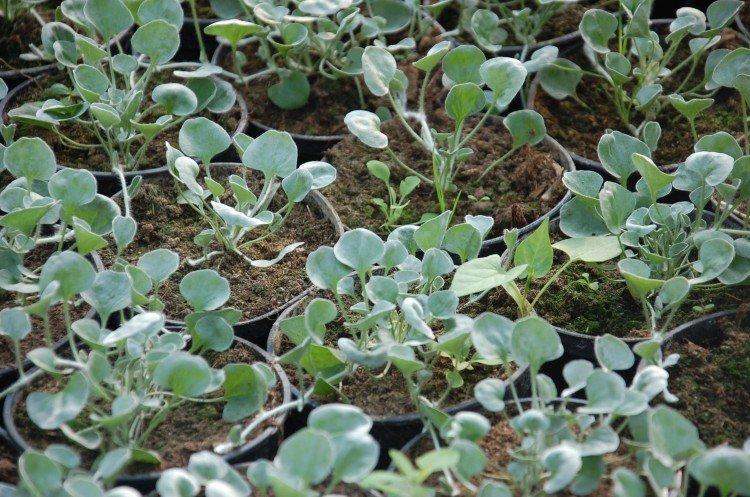
Pest and disease control
By its nature, dichondra is an ordinary weed, so it cannot be impressed by pests and diseases. The only parasite that poses a serious threat are nematodes, which are difficult to detect and useless to control. If the problem has already been detected, such plants need to be removed as soon as possible, the soil should be disinfected and nothing should be planted in this place in the near future.
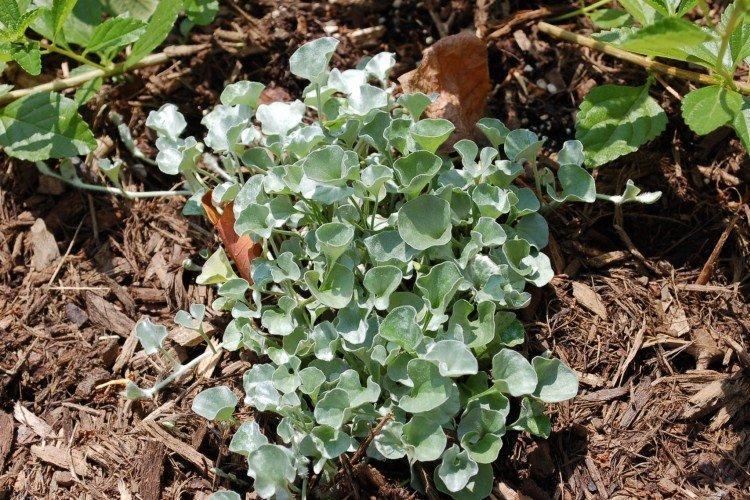
Dichondra - photo
Dichondra can be used in a very original way to decorate the site and in various landscape compositions. Catch the most beautiful and original ideas!
